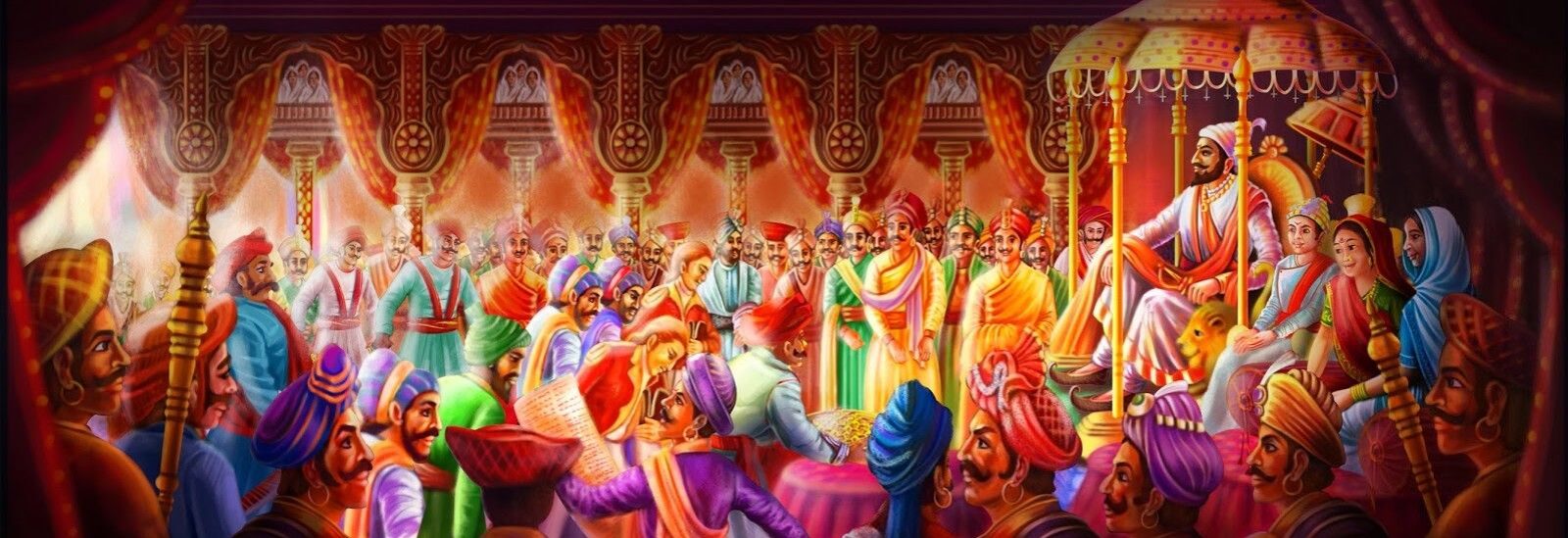Talking more about the establishment, the Maharaja had given a higher position to the civil officers as compared to the military officers. Thus the military officers who used to levy different taxes on the people stopped. By this our Maharaj proved that running a state is not just about fighting a war. Another important change that Maharaja made was that he started paying soldiers in cash. Maharaj fought many wars but he never imposed heavy taxes on the people to meet the expenses of the war. Rather, he paid for his coronation itself through the taxes he imposed on his officials.
Chhatrapati was against caste discrimination. Hence he was also against caste-based taxation. For example Jizaya tax. which was closed by Akbar. But when Aurangzeb reintroduced the jizya tax, the Maharaj wrote a letter to him.
In it he wrote that,
‘कुराण नुसार अल्ला हा फक्त मोहम्मदीन किंवा मुसलमानांचा नसुन संपूर्ण मानव जातीचा देव आहे. हिंदू आणि मुसलमान हे तर मानवी प्रजाती चित्रित करण्याकरीता दैवी चित्रकाराने तयार केले आहे.’
Translation:
‘According to the Quran, Allah is not only the God of Mohammedans or Muslims but of the entire human race. Hindus and Muslims are created by the divine painter to portray the human race.’
Maharaja was not crowned till the year 1674. So it was a bit difficult for them to impose tax system on the people to collect revenue and Maharaj needed currency to build forts, build army and therefore Maharaj did dacoity at Surat which was an important and big market and rich city of that time.
Shivaji Maharaj had divided two divisions namely Swarajya and Moglai for the purpose of revenue collection. Swarajya means the territory under the control of Shivaji Maharaj while Moglai means the territory under the control of foreigners and paying tribute to Shivaji Maharaj.
Continue reading with Part VII
or goto Part I, Part II, Part III, Part IV, Part VIII, Part IX, Part X, Part XI, Part XII, Part XIII, Part XIV, Part XV, Part XVI, Part XVII, Part XVIII


Pingback: Revenue System (Part III – Tax Collecting Authorities) – Chatrappati Blogging
Pingback: Revenue System (Part I) – Chatrappati Blogging
Pingback: Revenue System (Part V-Procedure after tax collection) – Chatrappati Blogging